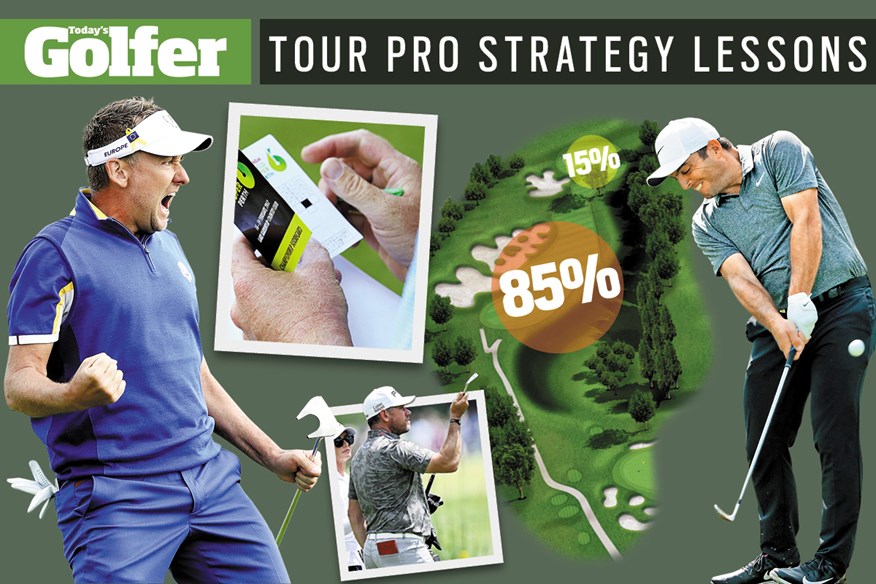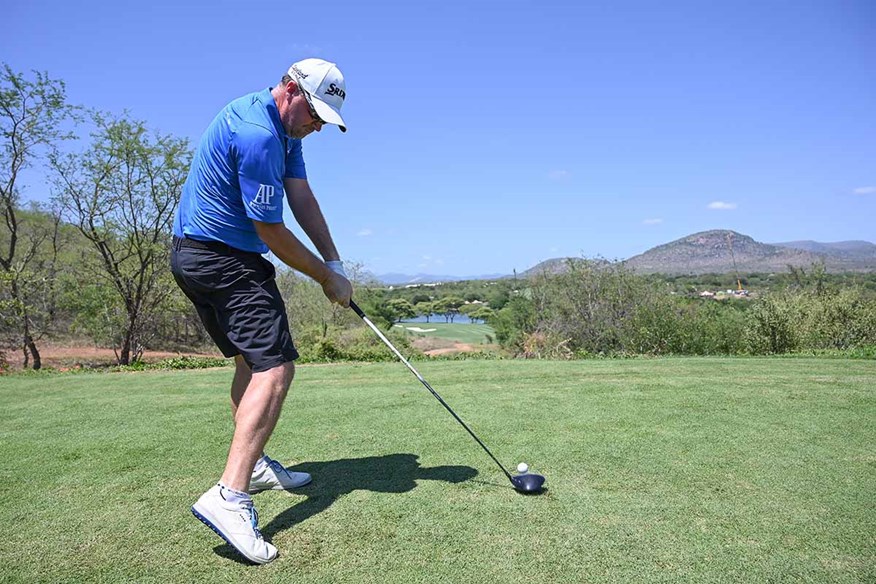How to play golf: Tour pro strategy lessons
Last updated:
European Tour, PGA Tour, Major and Ryder Cup winners share their golf strategy secrets to help you play better golf, lower your handicap and win those matchplay clashes with your mates.
As amateur golfers so many of us fail to lower our handicaps or enjoy matchplay success because, despite physically knowing how to play golf, we drop silly shots due to poor strategy on the golf course.
RELATED: Putting coach Phil Kenyon saves you six shots per round
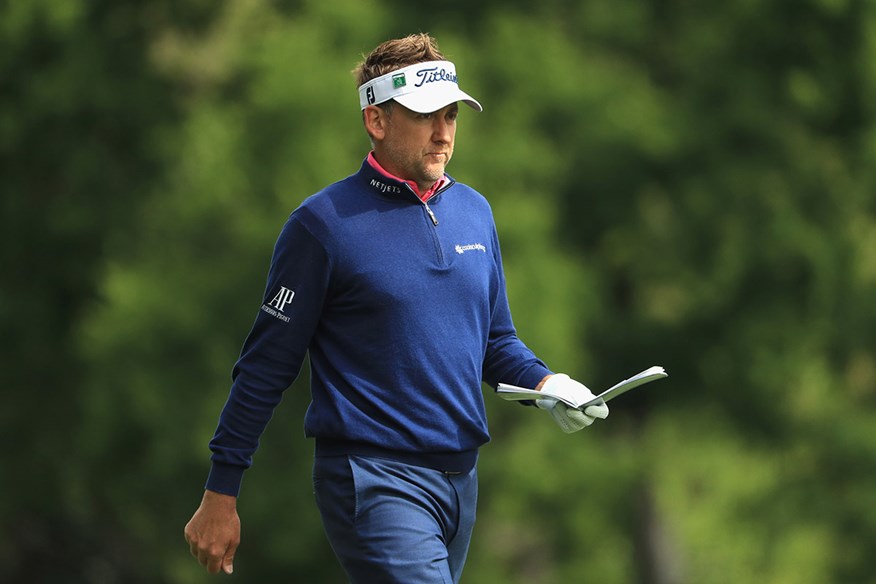
We asked a selection of European Tour, PGA Tour, Major and Ryder Cup winners to share their professional golf strategy lessons to help you play smarter golf and achieve your goals. whether it’s to lower your handicap, break 100, 90 or 80 or simply take the bragging rights in your next matchplay clash with your mates.
RELATED: Five simple steps to lower golf scores
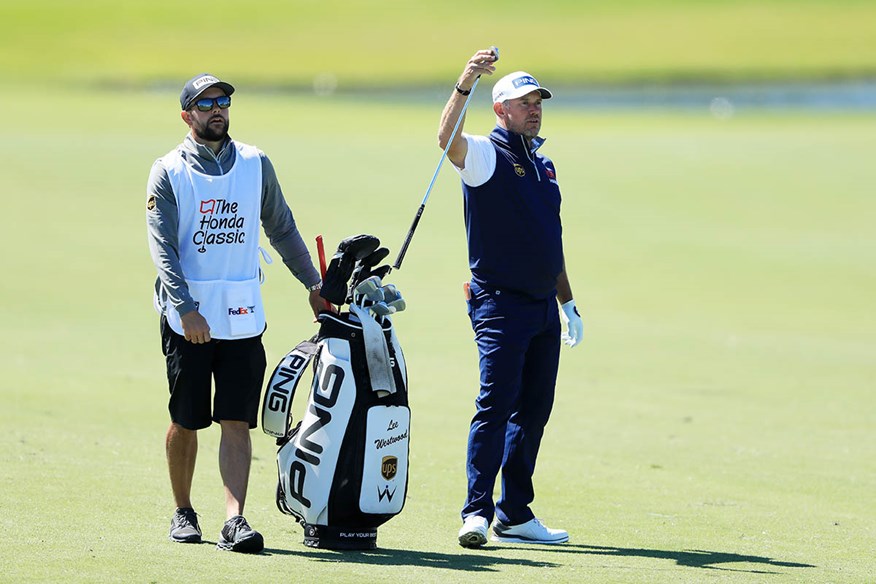
Lee Westwood: “Know your average yardages”
Handicap golfers don’t hit enough club a lot of the time, so they often find themselves coming up short. Most of the trouble is at the front of the green, so you’re usually better off being long than short.
It also doesn’t help that most people think they hit the ball further than they really do. Choose your club based on your average carry distance and favour the longer club if you’re in doubt – unless there’s serious trouble just over the green.
I write my average carry distances on my clubheads as a reminder.
RELATED: Best Golf Rangefinder
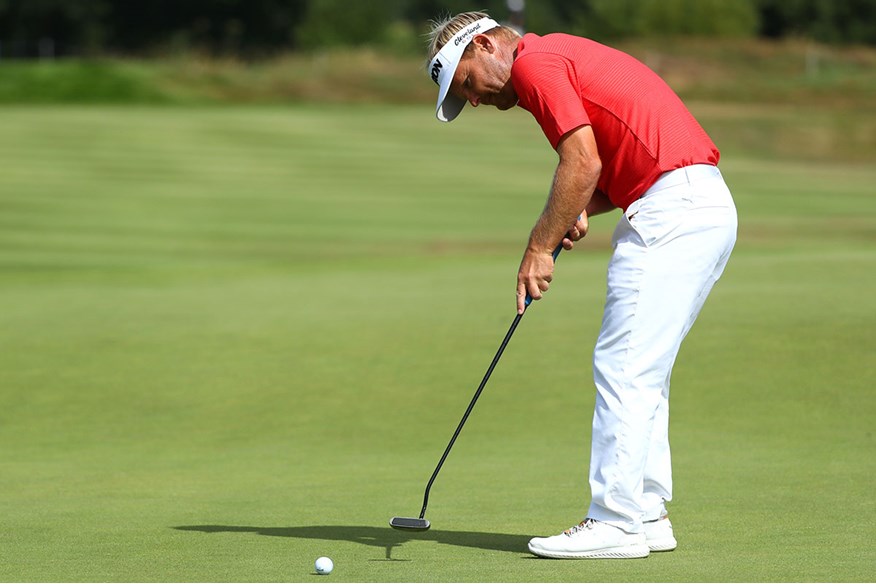
Soren Kjeldsen: “Leave yourself below the hole”
Shorter par 4s often have tricky greens as one of their main defences, so consult a yardage book to see where the slopes are and how severe they are.
Sometimes eight-feet uphill can be easier than four feet downhill or across a slope – even if it means leaving a chip short on purpose, rather than running it too far past.
RELATED: Best Putters

Ian Poulter: “How to win at matchplay”
Be aggressive. If there’s an opportunity to get to a green, I’ll go for it. On a short par 4, or somewhere that gives the best chance of making three, I will be really aggressive in matchplay. You’ve got to take on risks. Cautious golf doesn’t win in matchplay.
You have to hit driver where you can to leave yourself as short an approach as possible. If you don’t, your opponent will, and you don’t want to give him a chance.
Make them hole out I’ve heard this idea about giving putts early to pile the pressure on later, but it’s absolute nonsense. If you give a three-foot putt, a player is entitled to put the ball down and hit it as a practice anyway, so it’s irrelevant. Make them hole everything but a simple tap-in every time.
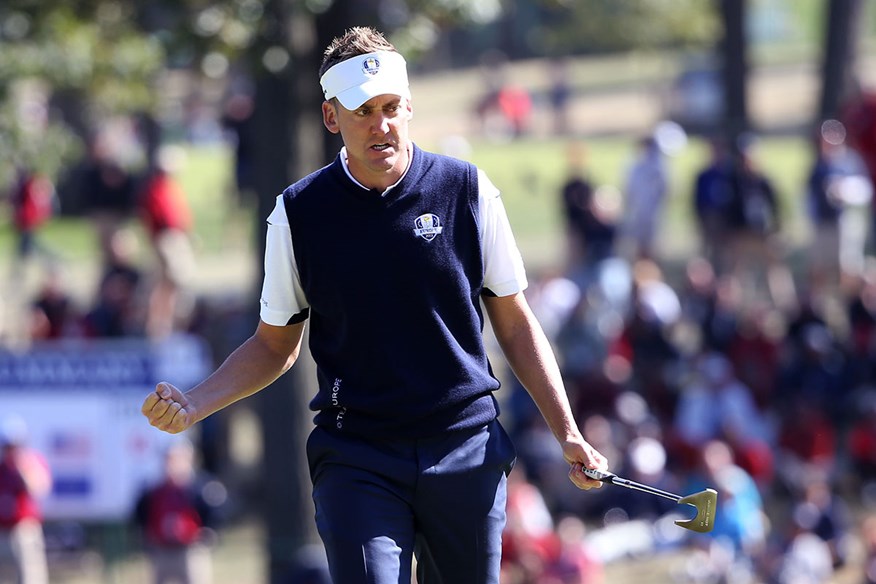
Expect the unexpected. As much as I’m trying to hole everything, I always expect my opponent to do the same. Even if it looks as though your opponent is out of the hole, you still expect them to hole their next shot.
RELATED: Why the harder you try, the worse you play
However, there are times to be sensible. Birdies are what win holes, but if your opponent has hit it in the water and the best they can do is bogey, there is no point being overly aggressive and bringing in an error for them to get off the hook. Take par if that’s what you need to win the hole – just keep your opponent under pressure.
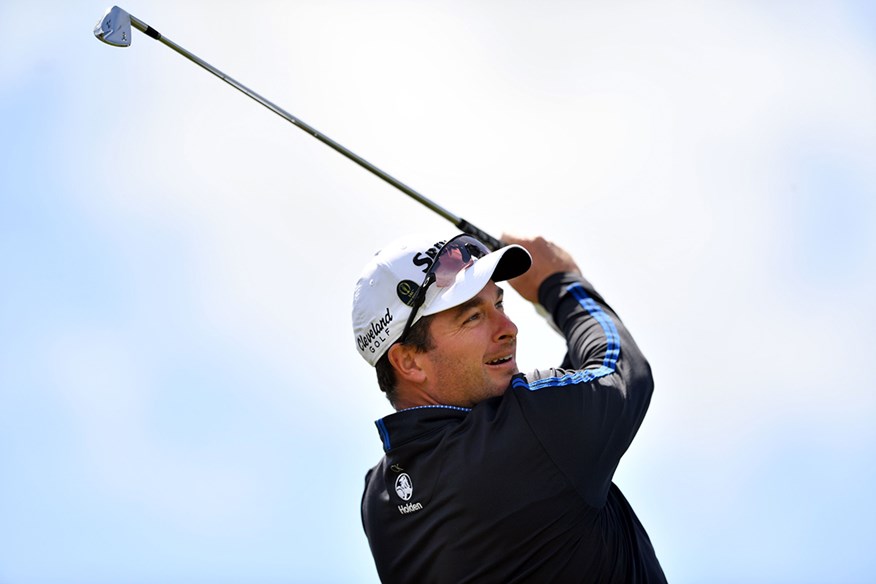
Ryan Fox: “Choose the best lay-up”
If I’m laying-up I’d prefer to leave myself a full swing, but it depends on the flag.
If it’s at the back and you have a lot of green to work with, the closer you can get to the green the better. But if it’s at the front, a lot of the time you can’t bounce it in, so you’ve got to leave yourself a full shot so you can stop the ball with height and spin.
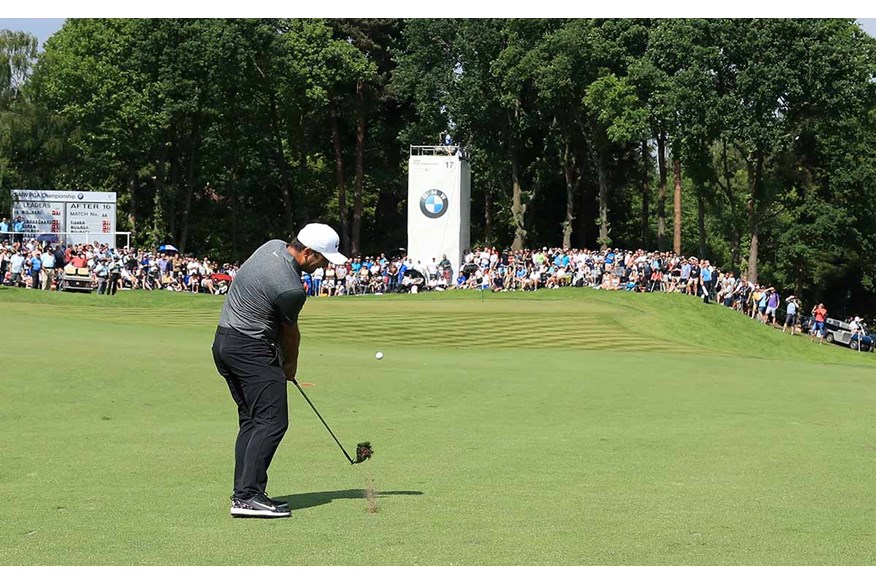
Francesco Molinari: “Play for the middle of the green”
For the average golfer, the secret to hitting more greens is picking a club that should find the safety of the middle of the green.
You shouldn’t always just go for the flags because, very often, doing so can leave you in all kinds of trouble.Always play to the distance of the middle of the green.
Percentage-wise it’s much simpler and is likely to give you a better scoring chance than going, say, for a short flag and coming up short, or going for a back flag and flying the green!
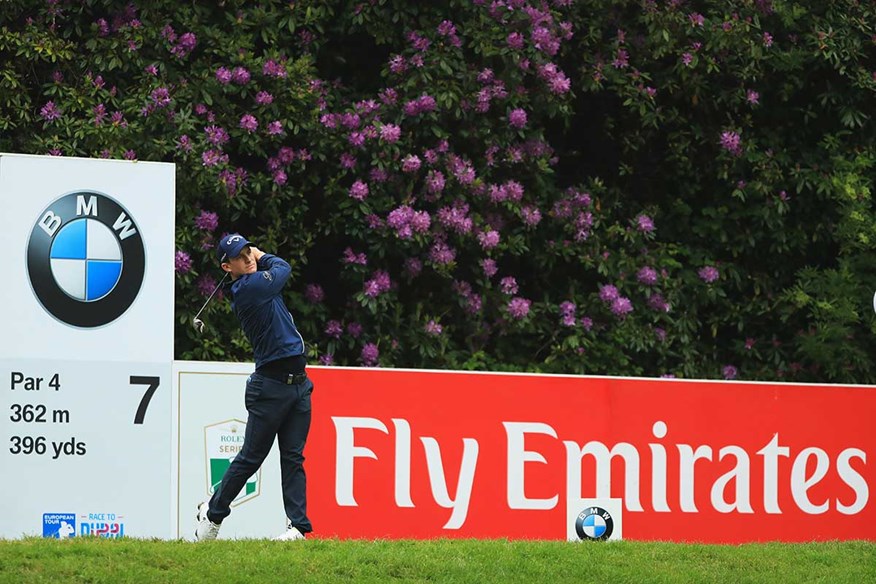
Chris Paisley: “It sounds obvious, but keep the ball in play!”
It depends on the length of the hole and course, but you don’t always need to take driver on every par 4 and 5
RELATED: How to cope when your form deserts you
You can save yourself a lot of strokes by getting the ball in play with a 3-wood, especially if driver brings hazards more into play or you can’t reach a par 5 in two anyway.
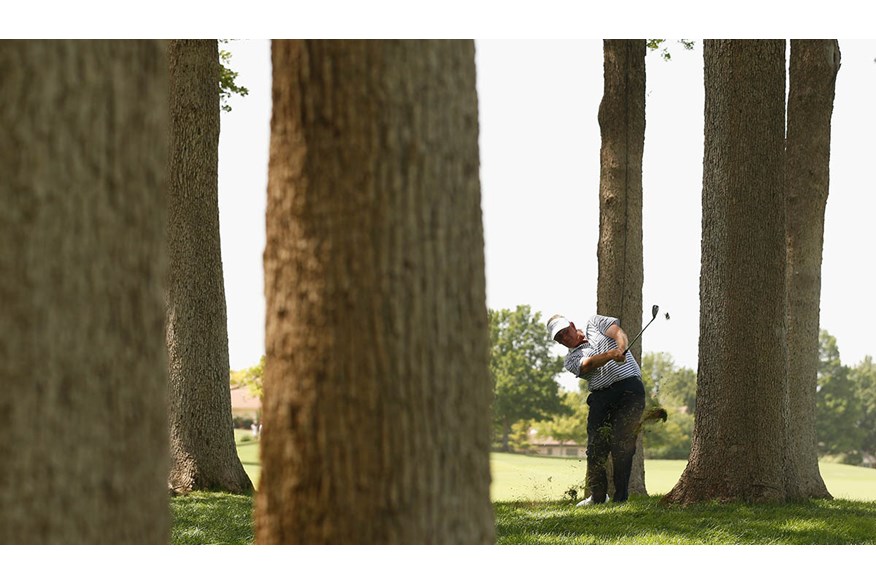
Colin Montgomerie: “Take your punishment and don’t make it worse”
Too many amateurs try to do too much, rather than thinking positionally to make the next shot as easy as possible.
RELATED: Nine golf strategy mistakes we all make
If you find yourself in trouble make sure you get out of it as easily as possible – you don’t want turn a bogey into a double or triple.
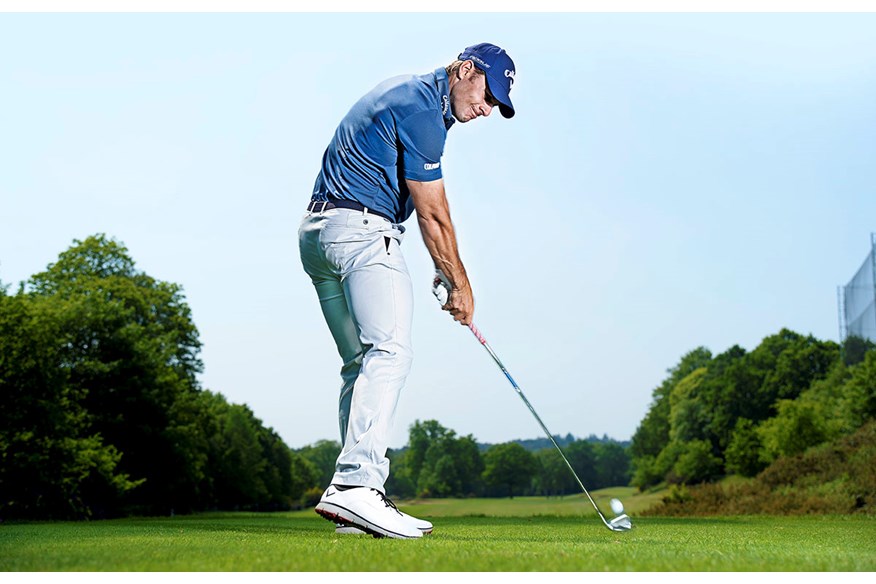
Andrea Pavan: “Consider using a driving iron off the tee”
I use my 18° driving iron quite a lot. It’s an integral club in my bag. It’s really good off the tee on tougher driving holes, especially when the fairways are hard and fast in the summer.
Related: Me And My Golf’s best-ever tips
The lower flight is really good when it’s windy and it can go pretty far; it’s also good for hitting second shots into par 5s. I’ve used a hybrid in the past, but I prefer the long iron off the tee, so I stick with it from week-to-week. The only drawback is that it’s not as good out of the rough as a hybrid.
To hit driving iron your ball should be just ahead of centre, but it has to be before the low point of your swing – under your left shoulder – to help you hit slightly down.
Everything else is like a normal iron shot – good balance, weight centred between the feet, and a slight forward lean of the shaft at address.
Peter Hanson: “Aim on the safe side”
Even if you’re feeling comfortable and you have a relatively short club in your hand, I’d still aim three or four yards to the safe side of the pin if it’s near the edge of the green – just left if it’s on the right, just right if it’s on the left, just long if it’s at the front, and just short if it’s at the back.
Never take dead aim at the flag because you always want to give yourself a bit of margin when the penalty for missing the green is so harsh.
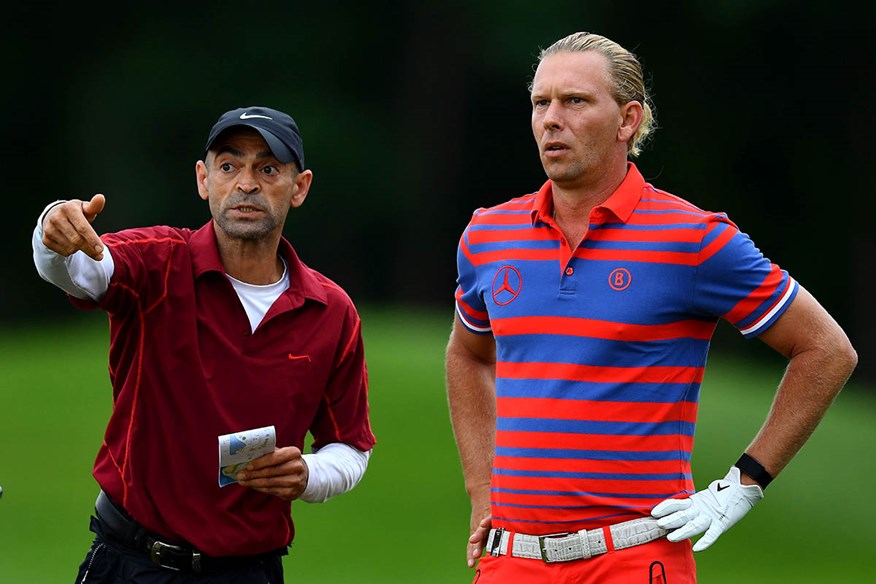
Marcel Siem: “Check the pin position”
It’s vital you walk to a position where you can see the green and flag if the shot is blind, especially if it’s a hole you’re not very familiar with.
The pin position and any hazards around the putting surface will obviously affect the club you need to hit, but also where you can’t miss the green and what miss will leave a simple up-and-down.
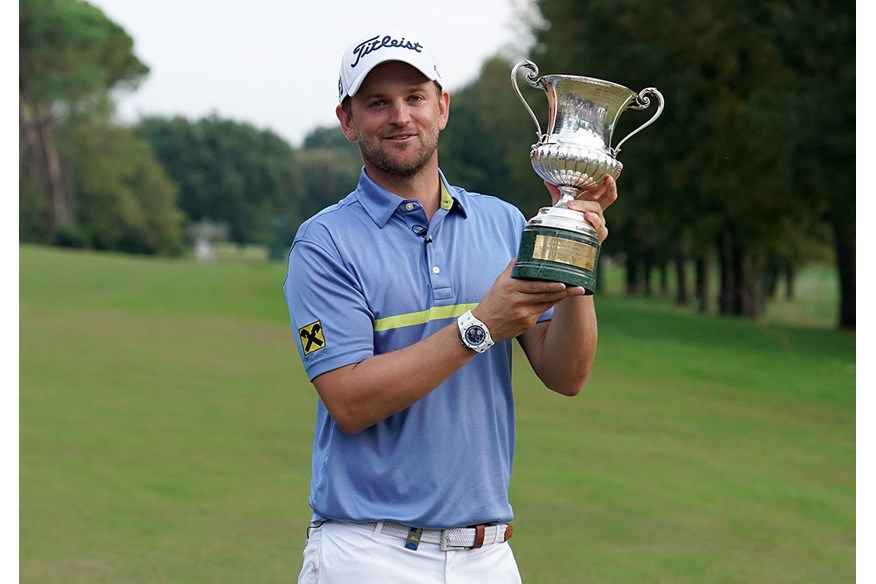
Bernd Wiesberger: “Use your shots, that’s what your handicap is for”
If you have a handicap, then a hole’s par is meaningless. Adjusting the par on the card with the shots you get will make a good round seem much more achievable and prevent you making big mistakes.
Target holes where you think you can beat your par but acknowledge holes where bogey (or even double) is acceptable – just not a blow-out!

Chris Kirk: “Increase your margin for error”
Think about the shape of the hole. A straight drive may give you 15 yards to work with in the landing zone, while a draw will shrink your target to five-10 yards, and a fade will increase it to 20-30 yards.
RELATED: Best golf balls for beginners and high handicappers
If the hole doesn’t suit your shot shape, then take a shorter club that puts you in a more generous part of the fairway.
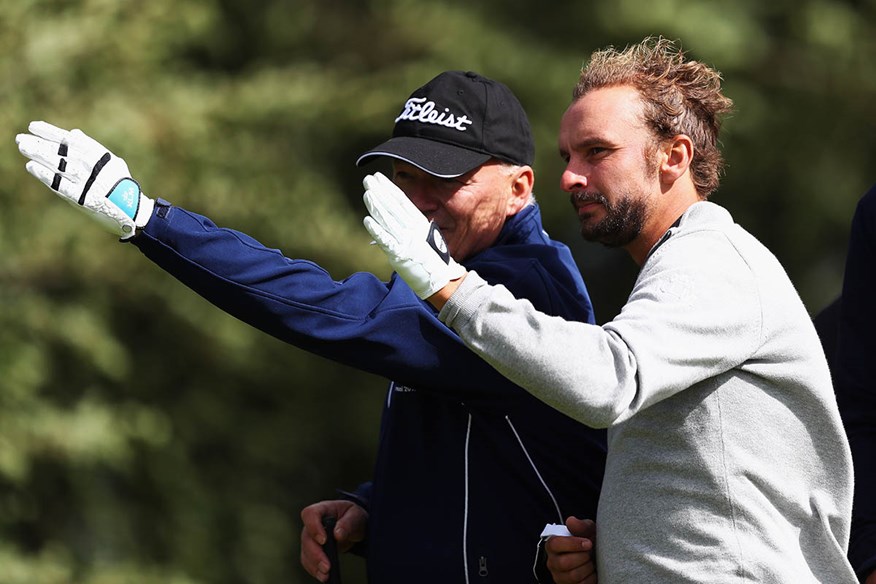
Joost Luiten: “Play the percentages on par 4s”
It’s always tempting to hit driver and get the ball as close as you can to the green on shorter par 4s. But that isn’t always your best chance of making birdie or par, especially when there’s more danger around your driver landing area.
The benefit of a shorter par 4 is you can aim for the wider part of the fairway with less club and still leave a short iron to the green. Sometimes, accept you’ll have a little longer shot in if that makes it easier to hit the fairway with your tee shot.
I’d rather have 130 from the fairway than 100 yards out of the rough or a trap because you can control the ball better.
READ NEXT: The mind game myths damaging your scores
-
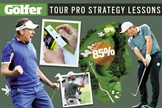 Strategy tips from the world's best golfers.
Strategy tips from the world's best golfers.
-
 Andrea Pavan loves his driving iron.
Andrea Pavan loves his driving iron.
-
 Bernd Wiesberger knows how to shoot low scores.
Bernd Wiesberger knows how to shoot low scores.
-
 Chris Kirk's strategy changes for the hole's shape.
Chris Kirk's strategy changes for the hole's shape.
-
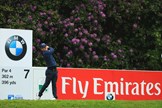 Chris Paisley has won on the European and Challenge Tour.
Chris Paisley has won on the European and Challenge Tour.
-
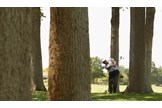 Sensible golf helped Colin Montgomerie to plenty of wins.
Sensible golf helped Colin Montgomerie to plenty of wins.
-
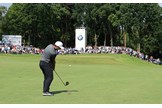 Francesco Molinari has won some of golf's biggest events.
Francesco Molinari has won some of golf's biggest events.
-
 Ian Poulter celebrates at Medinah.
Ian Poulter celebrates at Medinah.
-
 Ian Poulter knows a thing or two about matchplay!.
Ian Poulter knows a thing or two about matchplay!.
-
 Ian Poulter consults his yardage book.
Ian Poulter consults his yardage book.
-
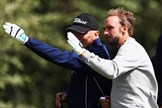 A short par 4 doesn't always mean hitting driver for Joost Luiten.
A short par 4 doesn't always mean hitting driver for Joost Luiten.
-
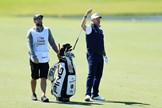 Lee Westwood knows his yardages for every club and swing.
Lee Westwood knows his yardages for every club and swing.
-
 Marcel Siem talks through his next shot.
Marcel Siem talks through his next shot.
-
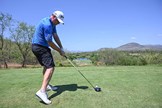 Peter Hanson has six European Tour and two Ryder Cup wins.
Peter Hanson has six European Tour and two Ryder Cup wins.
-
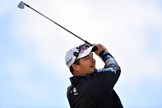 Ryan Fox has won around the world.
Ryan Fox has won around the world.
-
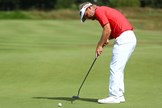 Soren Kjledsen's putting has helped him to victories.
Soren Kjledsen's putting has helped him to victories.
